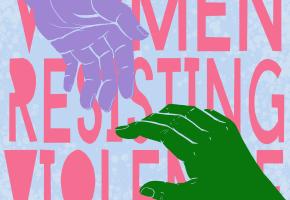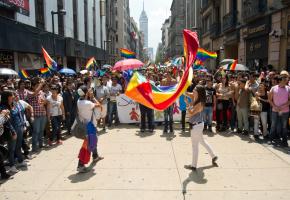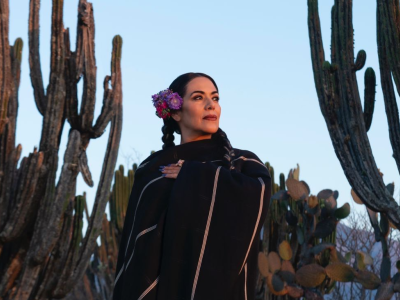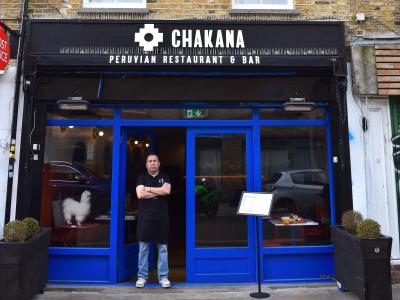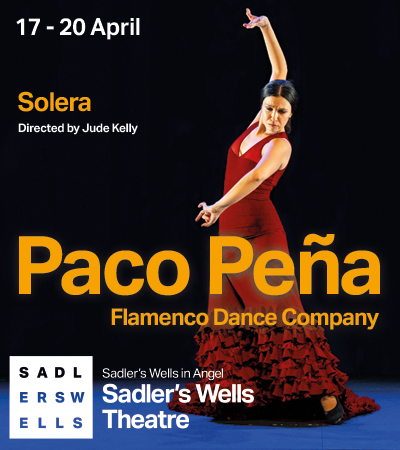With the new year in Colombia came news that the Inter-American Court of Human Rights was holding the state responsible for human rights violations committed during ‘Operation Orion’. In this Operation, the army, together with the ‘Cacique Nutibarra’ bloc of the AUC paramilitary organisation, stormed the marginalised slum neighbourhood ‘Comuna 13’ in Medellín, Colombia’s second-largest city. The operation took place over four days in October 2002, under Álvaro Uribe Vélez’s presidency, within the framework of his heavily-criticised ‘democratic security’ policy which promised to eliminate the insurgent threat.
The operation ostensibly sought to take back military control of the neighbourhood from the guerrilla; however, hundreds of innocent civilians were arbitrarily detained, tortured, wounded and disappeared. The new Court sentence finds the government responsible for the illegal, arbitrary detention and displacement of five female human rights defenders, including the death of one of them, Ana Teresa Yarce, and it notes the excessive use of force by the army against civilians who were stigmatised as guerrillas.
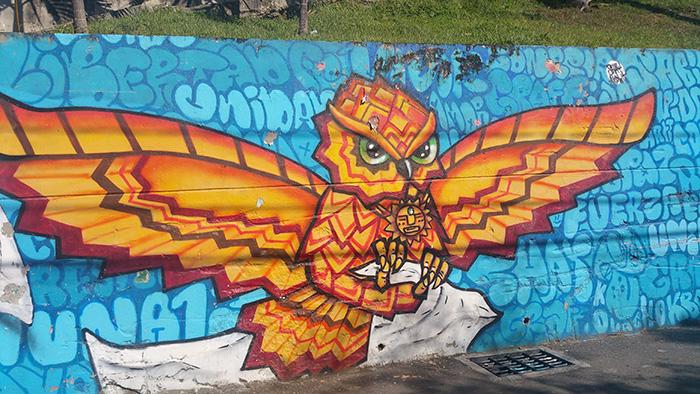
A Slow Start to Peace
Meanwhile, implementation of the revised Havana Peace Accord has got off to a slow start. The most urgent aspects of the agreement, and the first to be processed, include the amnesty laws for FARC; the establishment of the temporary zones where guerrilla combatants and militia will concentrate for the next six months for the demobilisation process, under observation from a tripartite monitoring mechanism made up of United Nations peace-keepers plus government and FARC representatives; and the passage of laws to establish the transitional justice mechanism to investigate and sanction grave crimes committed in the conflict by all sides.
Life for ordinary Colombians has gone back to normal. The fuss about the peace referendum has died down, and, apart from the host communities in the demobilisation zones, most people will not see any changes in their daily life for some time yet
In Comuna 13, the idea of ‘peace’ has very little to do with the peace process. On a visit with Jorge, a local singer who was keen to share his enthusiasm about how the neighbourhood is making changes, I discovered how it was taking control of its own peace process.
Local Escalation
In 2013, Medellín was voted ‘the most innovative city in the world’ by the Urban Land Institute, a label of which its inhabitants are proud. One of the feats of engineering which helped the city earn this tag-line were the escalators installed up through Comuna 13, connecting very steep hills with the centre of the city in the valley down below, making it much easier for inhabitants to come and go.
"Comuna 13 used to be known for the violence which happened here. But now things are much better, and the graffiti project has helped people to take ownership and be proud of the neighbourhood”, he said. Indeed, Comuna 13’s notoriety has shifted to fame for its colourful graffiti, and there are even guided tours for international tourists.
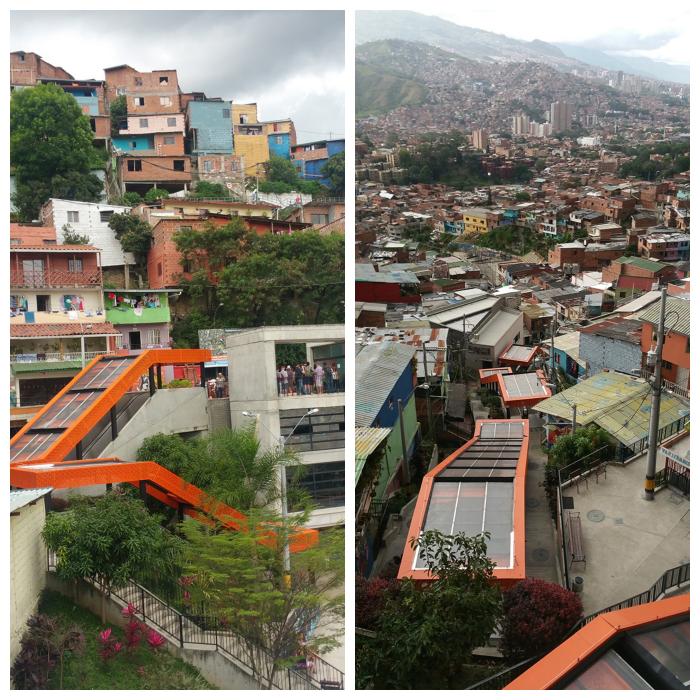
At the bottom of the escalators, Jorge showed me what is now known as ‘Peace Plaza’. He explained that from here, the army and the paramilitaries shot indiscriminately into people’s houses. “They wanted to get the guerrillas out. But they didn’t care that some people had nothing to do with the guerrillas. After three days the people in the Comuna got really tired of this and they decided all to wave white flags from the windows, to show that they wanted the violence to stop. And it worked.”
Behind me was an entire wall painted with animals holding white handkerchiefs and flags. Teenagers played on a football pitch, behind which was emblazoned the phrase “We reject any form of violence”, and the emblems of the two local rival football team. “This shows that we can all get on together, whichever team we support”, explained Jorge.
Graffiti for Pride
Jorge led me up the series of escalators covered by shiny orange roofs, and as we rose higher and higher, I could see that more and more of the surrounding walls were painted with pictures of animals, nature, faces and phrases such as “Transforming ourselves”.
At the top of one of the escalators, Jorge introduced me to ‘Chota’, one of the main graffiti artists. He was wearing a waistcoat with the logos of Medellín’s mayor’s office, and was one of the six officials contracted from the local community by the municipality to care for the escalators and their users. He was excited to tell me the story of the graffiti project. “It started with just a few of us getting together to paint, we had no experience, and very little money. Then a university professor came and helped us to gain skills and gave us ideas of things to paint. It has grown from there, and now all the residents love it, and it gives them a sense of pride in the neighbourhood.”
I asked Chota about the escalators, and he told me they have transformed the lives of many residents. They can go to work in Medellín, or go down to a supermarket, and not have to return up thirty-odd flights of steps to their houses, carrying heavy bags. He said his life had also been transformed, working for the municipality:
“I used to only care about hanging out with my friends. I was like a lemon, very bitter about life. When I started working on the escalators I began to talk more to people, finding out what they thought. I was young when the violence happened, but when I was growing up there were lots of gangs, and I can see that we are making things better for people. Now I care mostly about working for the community, working together to recuperate the Comuna 13 and make all our lives better. We are building peace here.”
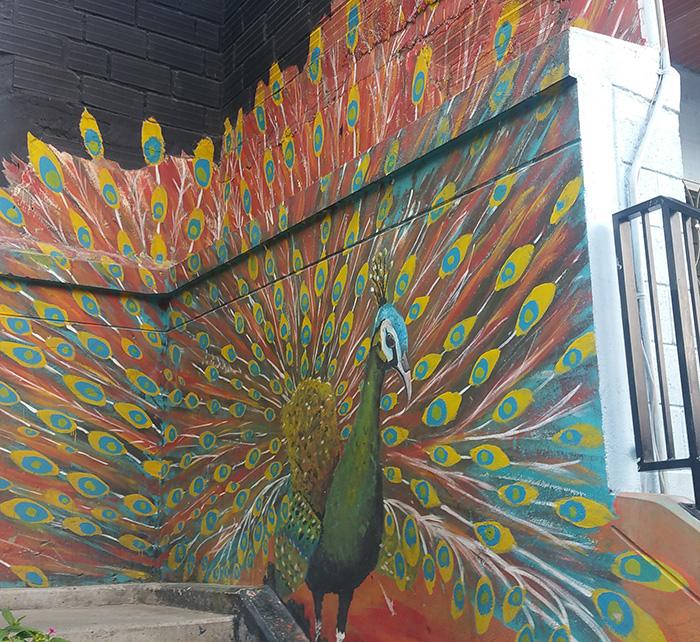
Everyone is Welcome
At the very top of the escalators, viaducts now connect the different sections of the neighbourhood with each other. Children ride bicycles along them. New sections were still being built. Clearly, the municipality is continuing to invest in improving the area.
Our to the neighbourhood’s amazing view, look-out point have been installed where tourists from Germany and Panama can be shown places of interest in Medellín by local tour guides. Jorge told me that he was keen for people to see the positive side of Comuna 13. He sang me one of his songs, which went “Everyone is welcome in Comuna 13 to see that it isn’t what people say. Why do they judge us without coming to get to know it first? … Come and see the truth … There have been social benefits … We have artists who make things and make magic with their hands”.
I asked him what he thought about the peace process. He said that he thought it was unfair to give the FARC money when they had committed lots of crimes. I explained to him the context – that in general when you demobilise an armed group, the experience internationally indicates that it is necessary to support the fighters economically for a period of time while they capacitate themselves and get ready to contribute to the civilian life of the country. I told him what is in the Havana Accord – that it would be 90% of the minimum wage, for a period of two years on leaving the demobilisation zones. Jorge looked at me.
“Why don’t they explain it like that?” he asked me. “That makes sense! They should show that on the TV!” I asked him if he knew anything about the Accord. He didn’t even know that it had six points – covering land reform, political participation, ending the armed conflict, drug-trafficking, victims’ rights and implementation. “Why didn’t they tell us all that?” he asked me, when I gave him the five-minute summary.
The Explanation Deficit
This is precisely the problem, that the government made such an inadequate job of explaining its case for peace in the referendum. People like Chota and Jorge have clear ideas about what ‘peace’ means – for them, peace stems from winning back what was once one of the most violent neighbourhoods in Medellín, by means of the escalators, the investment in infrastructure, and their own painting and singing and encouraging the community to take pride in the Comuna 13.
The state failed to recognise that you cannot explain the agreements by just printing the 297-page first agreement in newspapers, and distributing didactic pamphlets. Instead, it could have worked with local knowledge and ways of seeing – getting the graffiti artists to paint representations of the six points across a wall, for example, would help connect local perceptions of peace with a national peace-building project.
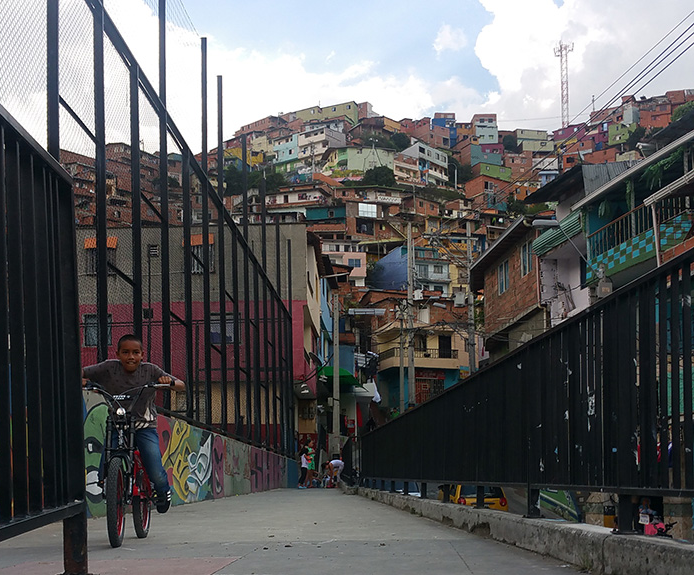
Building civic bridges between state and communities which have suffered extraordinary violence and state abandonment will be a challenge for Colombia well into the future. The Inter-American Court has now ordered the Colombian state to publicly acknowledge its role in Operation Orion and make an apology to the victims within a year of this sentence. One of the victims, Mery Naranjo, is sceptical about the possibilities of a real apology: “They will not accept that they bombed Comuna 13 without caring about human beings who had nothing to do with armed groups”, she said in a recent press statement. Acts of Recognition of state and FARC abuses will form part of the landscape of reconciliation which is just beginning in Colombia. Convincing victims that these expressions are genuine and sincere will require a hard work, patience and generosity on all sides, and statements will have to be accompanied by actions.
The intersection between reparations to victims and investment in development, such as the escalators in the Comuna 13, will be key in order to ensure that economic gestures are not interpreted by victims as ‘the state paying for the blood of our loved ones’, but rather meaningful acts that seek to recognise the harm done and contribute to the transformation of the unequal socioeconomic structures which were part of the cause of the emergence of the armed conflict in the first place. This effort must start by paying attention to what local people mean when they say, like Chota, “we are building peace here”.
All photos: Gwen Burnyeat
Gwen Burnyeat is a Wolfson scholar reading for a PhD in Anthropology at UCL researching the Colombian peace process. She has worked in Colombia for over six years, including with the International Centre for Transitional Justice and with Peace Brigades International.
To read more articles by esperts at The Latin American Bureau visit www.lab.org.uk



